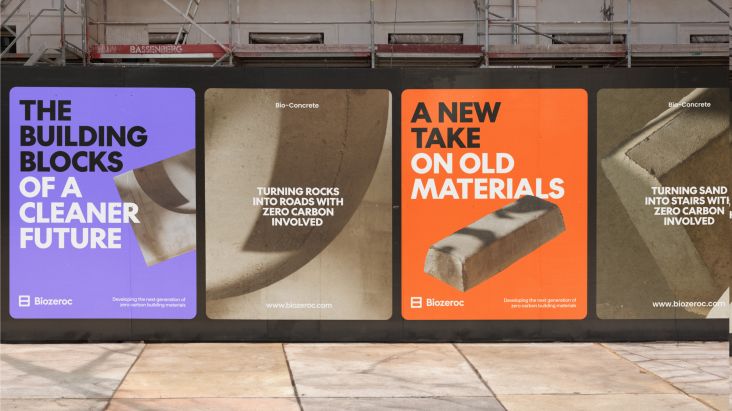Rookie PR mistakes to avoid when trying to get press coverage
Whether you're a freelancer, maker or independent shop, getting coverage in your favourite magazine or newspaper is a great way to promote yourself. And links back to your website can also boost your placement in the search engine results pages. So how do you ensure you get featured? By avoiding all of the following common PR mistakes, that's how.

Image licensed via Adobe Stock
A journalist's job is a busy one. With endless deadlines to consider and different audiences to keep happy, they want interesting stories fast. So before you pitch your next project, product or idea, it's worth considering the mistakes many people make when contacting media – the little things that drive journalists crazy and can determine whether your email gets a second look.
Disclaimer: many journalists will agree with the following mishaps, while others will prefer doing things their way. In which case, get to know people. Build relationships. Understand their needs and approach them individually. Treating every pitch uniquely gives you a much higher chance of success. In the meantime, here are some other rookie PR mistakes to avoid.
1. Your email pitch is vague and lacks information
It's always nice to receive a friendly email, but it will most likely be deleted if it lacks information or purpose. Time is precious for any journalist, so give them everything they need immediately, and don't make them chase. Pitch your story and include everything they might require – from press releases and images to helpful links. Consider all the details around who, what, when, where and why.
2. You've not done your homework
Sending out mass, untargeted pitches might be convenient for you, but you'll fail miserably if your emails lack any understanding of what the journalists want. Do your research by reading through recent articles, getting to know the publication, and spotting opportunities to ensure your story is a good fit.
3. You bury the lead
If you've not sold the most newsworthy aspect of your story within the first couple of sentences of your pitch, then the journalist might lose interest. Get to the juicy part right away and summarise why they should pay attention to you and what you have to say.
4. You send your press release as a PDF
Don't assume everyone has the same workflow as you. PDF press releases might look pretty and lock past amends, for instance, but to many journalists, they are a nightmare to deal with. Email is a universal system everyone can access. Could you simply copy and paste the body of your press release into an email and go from there? Yes, other document solutions are available, but not everyone uses Word or Google Workspace.
5. You attach files to your email
As journalists, we must keep email correspondence on file – not just for legal reasons, but to always have things to refer back to. As such, sending us messages with huge files attached isn't helpful, as our inboxes will soon reach full capacity. A better approach is to share said files via Dropbox, WeTransfer or Google Drive.
6. You put time limits on downloadable files or request additional access
Every journalist is different, and they'll be working on many other stories when you send your pitch. That means it might take some time before they consider your email. In this case, don't put time limits on your WeTransfer link. And don't make them go through that extra hurdle of requesting access, either. Make file sharing easy and accessible at all times.
7. You become unavailable for any quick follow up
If you've been successful and a journalist is interested in your pitch, don't just disappear, as they'll likely have further questions or interview requests. Be available and responsive to keep the momentum going.
8. You take too long to respond or ignore deadlines
If you're trying to jump on the back of a timely news story, don't muck about. Speed is of the essence here, as others will be competing for the same opportunity. If you've spotted a chance to add your thoughts, for example, to something relevant to the creative industries, send your quote and job title as soon as possible. This happened last week when Elon Musk rebranded Twitter as X. A PR professional asked if we were writing an update and had already begun sourcing two quotes for the story. We wrote it up within an hour. We had similar pitches the next day, but it was too late.
Remember, successful media relations is ultimately about building trust and providing value. By avoiding these mistakes and understanding what a journalist needs, you can increase your chances of getting published in your favourite magazines or newspapers.

 for Creative Boom](https://www.creativeboom.com/upload/articles/06/063686a9a3b095b9b1f0e95df917ed4bd342be1b_732.jpg)



 using <a href="https://www.ohnotype.co/fonts/obviously" target="_blank">Obviously</a> by Oh No Type Co., Art Director, Brand & Creative—Spotify](https://www.creativeboom.com/upload/articles/6e/6ed31eddc26fa563f213fc76d6993dab9231ffe4_732.jpg)
 by Tüpokompanii](https://www.creativeboom.com/upload/articles/58/58684538770fb5b428dc1882f7a732f153500153_732.jpg)
















